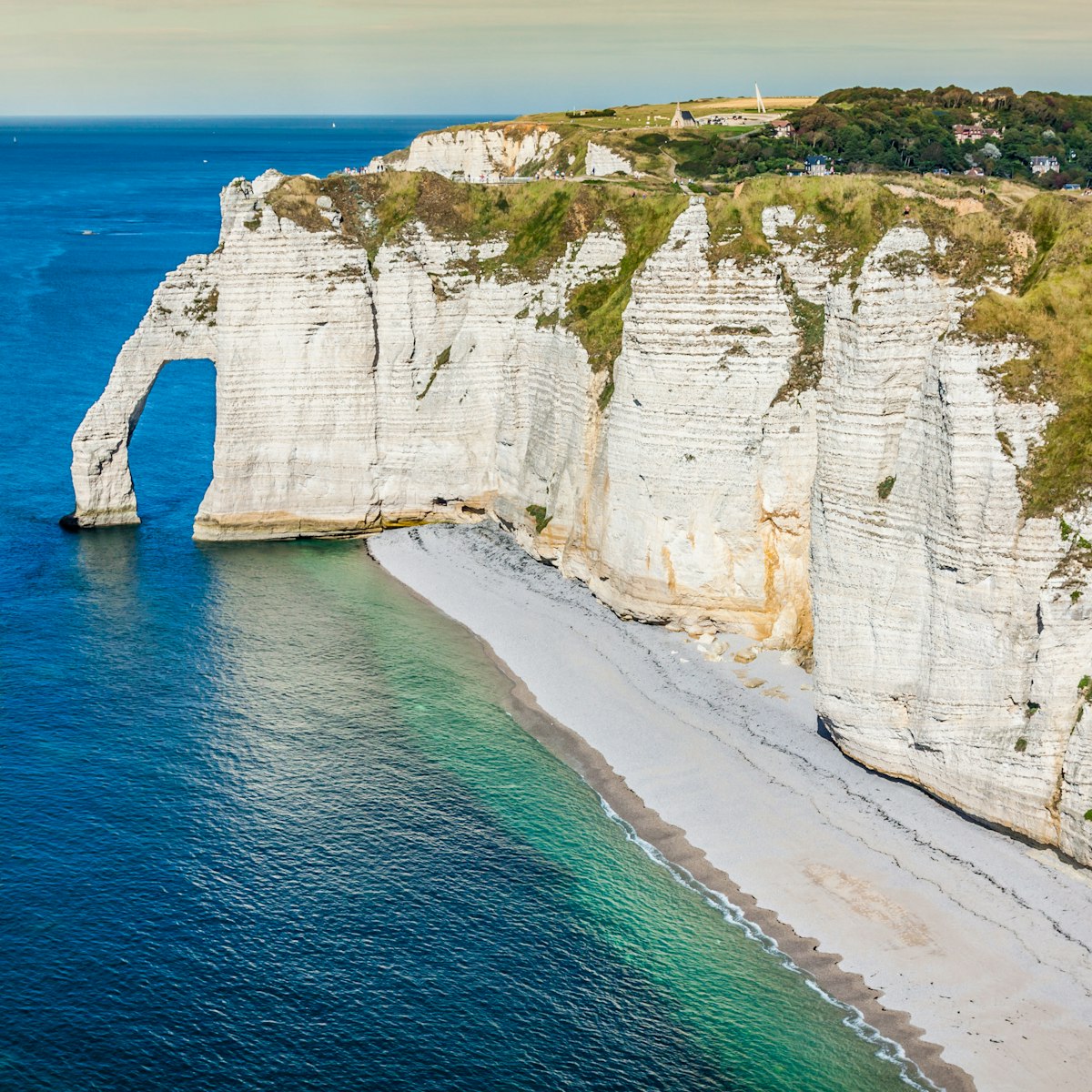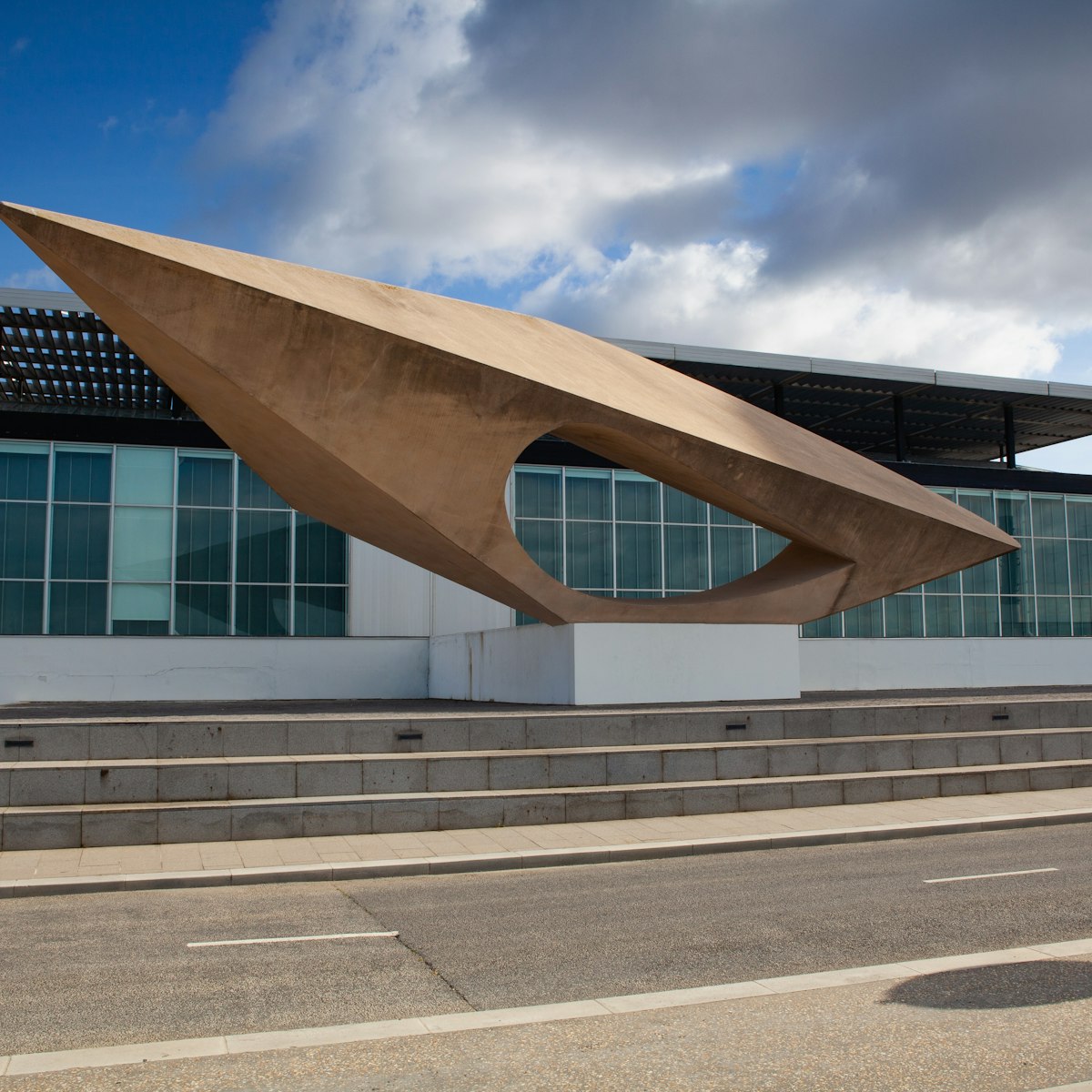In a grand mansion dating to 1865, this municipal museum recounts Trouville's history and features works by Charles Mozin, Eugène Isabey and Charles Pecrus. The Musée Villa Montabello is situated 1km northeast of the tourist office, near the beach (and signed off the beach). The two towns and beach scenes of Trouville and Deauville play a starring role in the impressionist works in the small permanent collection.
There's also a short film (in French only), vintage travel posters from the 1930s, some early-20th-century clothing and black-and-white photos of beachgoers from days long past. The 1st floor features temporary exhibitions, with changing shows every three months or so.







